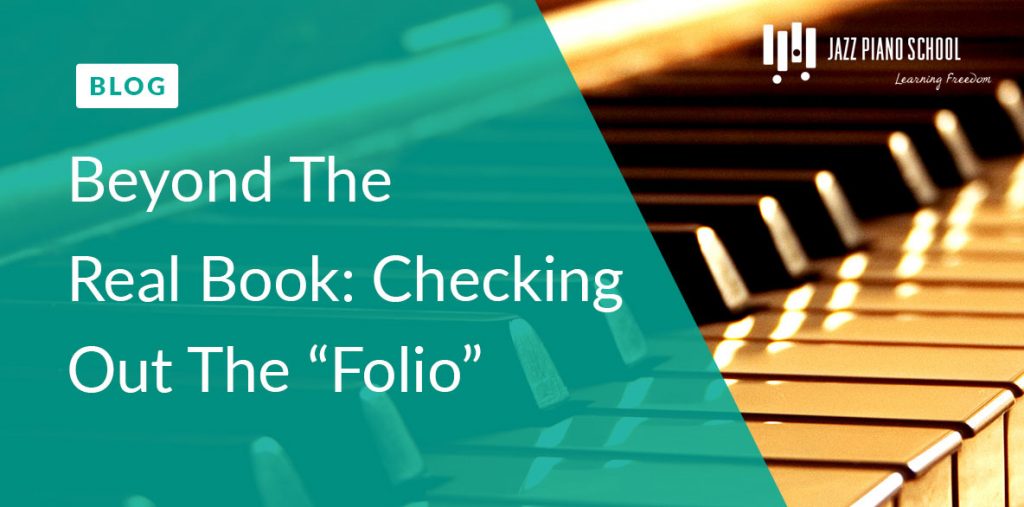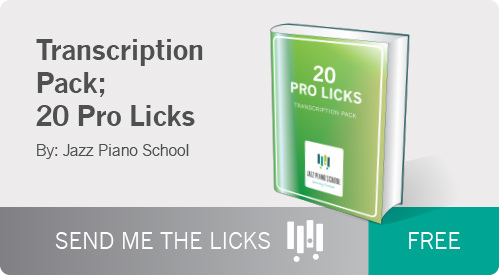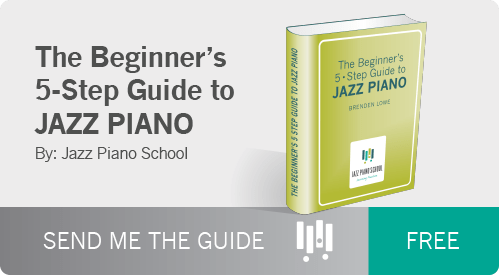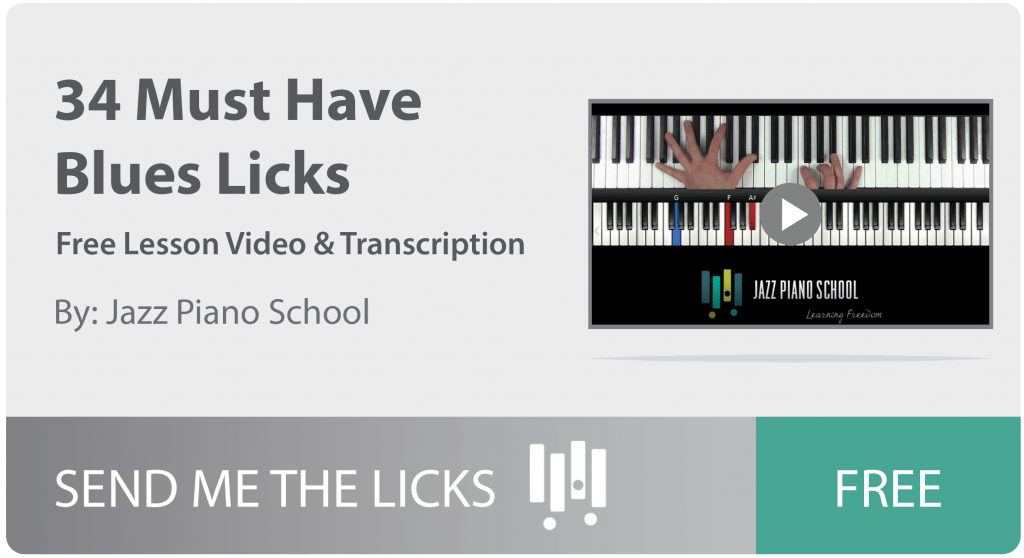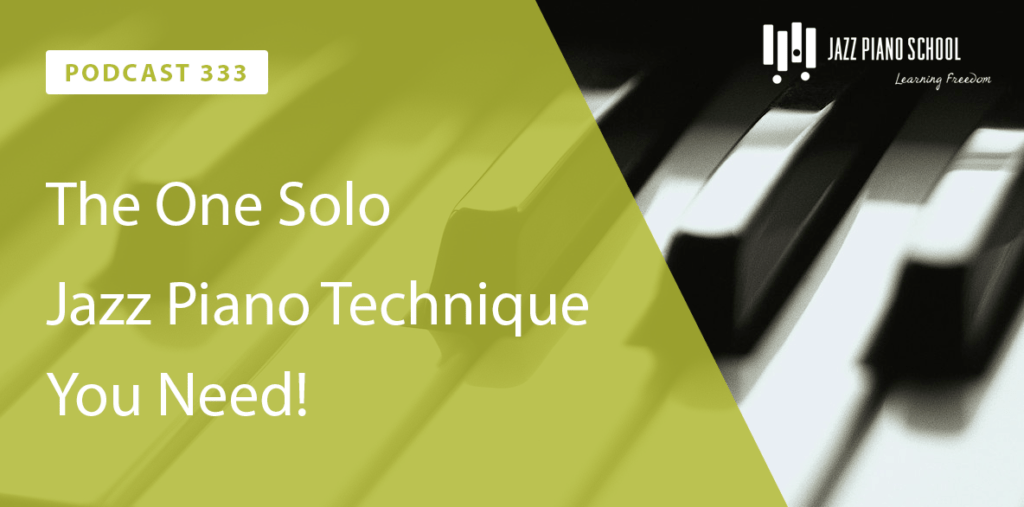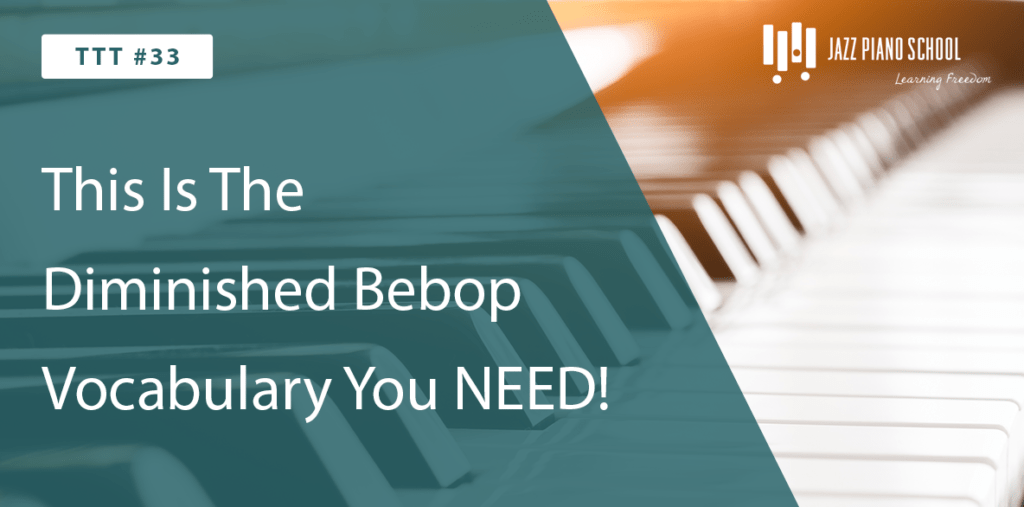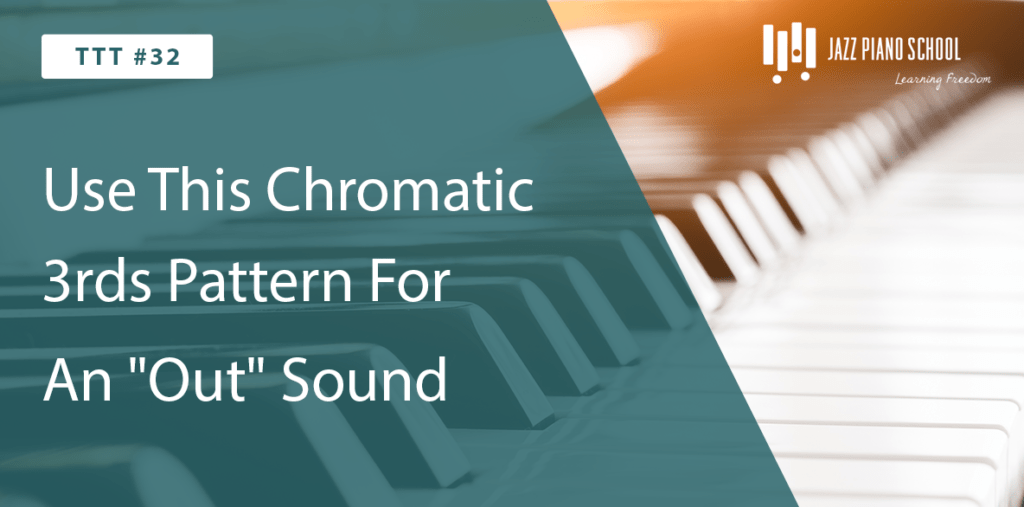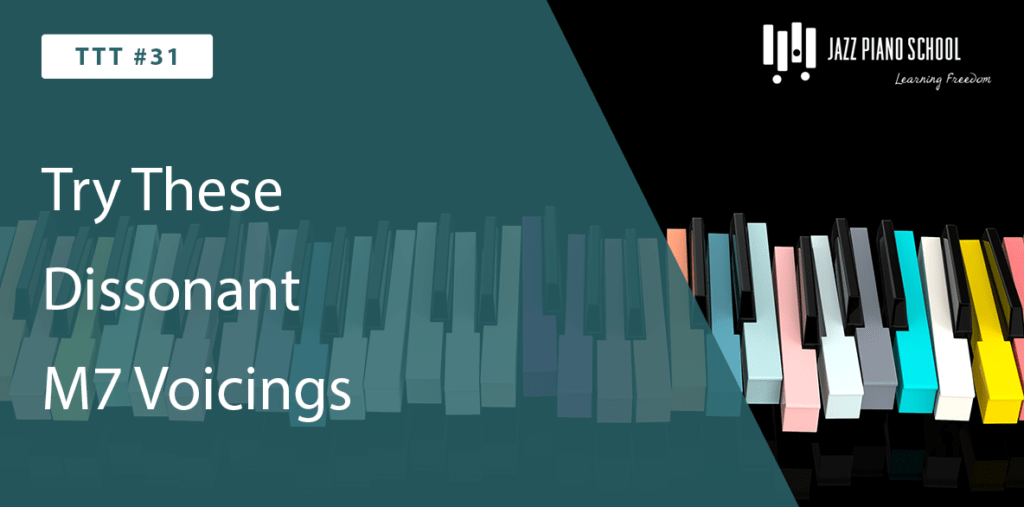Being able to show up to a jam and read tunes out of a real book can be very handy, but..
Have you ever wondered where some of those songs come from?
As jazz musicians, we are fortunate to be able to draw from an endless fountain of repertoire from the 20th century. Today, this music has gained the title of:
The Great American Storybook
Many of the tunes which we know as staples of the jazz idiom, such as “It Could Happen to You,” “All the Things You Are,” “How High the Moon,” were actually written by Broadway and Hollywood composers during this era.
It became common practice for jazz musicians in the 40’s and 50’s to draw from the repertoire of popular songs dating back to the 20’s and put their own spin on them! Visionary artists such as Sonny Rollins and Miles Davis were certainly culprits of this tactic.
One of Sonny Rollin’s signature tunes, “Mack the Knife,” is actually from a 1928 musical by Kurt Weill entitled “The Threepenny Opera.”
“If I Were a Bell” is a tune which has become a standard in the jazz repertoire, made famous by Miles Davis and his Quintets. It was originally written by Frank Loesser for a musical called “Guys and Dolls.”
Checking out the “Folio”
Let’s get back to the original point: we now know that these songs come from a rich tradition of composers and songwriters.
It can be very convenient to read these tunes out of a so-called “fake-book.” If you don’t know a song, having the melody and chord changes at your fingertips can get you on track and quickly playing with the band.
HOWEVER…
They’re called “fake-books” for a reason!!
- Did you know that the first real books were not compliant with copyright law and were often put out of print?
- “Real Books” often leave out important harmonic information to create a simplified realization of the chords
- Sometimes the chords are INCORRECT!
Take For Example…
Here’s the real book version…

Now Let’s Check out the “folio!”
Notice a few key differences:
- First, this is the original key (Bb)!
- The beginning chord is different!
- I chord, instead of II7 chord
- The lyrics are included

Hear the difference…
It sounds to me like Ahmad Jamal checked out the song folio…
Red Garland performs a version with the more popularized chords which are more familiar.
What does “folio” mean?
Folio refers to the song “portfolio.” This means the original sheet music as the composer intended. There are three main benefits to checking out the original folio:
- A full-scale piano arrangement can illuminate harmonic information which often is lost in translation into chord symbols
- The lyrics contribute added depth and meaning to the song
- They often include a verse, which rarely appears in most real books
- (The New Real Book” is becoming an exception, including much more pertinent information from original song folios.)
Where can you find original “folios?”
Songbooks are available in various compilations, or in anthologies by composer.

Much original sheet music is available online, often for purchase at websites such as sheetmusicplus.com or musicnotes.com.
With a membership to scribd.com, you can access entire songbooks!
For more information…
Visit www.thesongbook.org


